Sinking Ship: Causes, Prevention, and Survival Strategies
Sinking ships have long captivated the public's imagination, with numerous historical incidents and the dramatic stories of survival and loss that often accompany such events. Shipwrecks can serve as stark reminders of both human ingenuity and the power of natural forces. To better understand the causes, consequences, and lasting impact of sinking ships, it is essential to delve into the anatomy of vessels, the various factors that contribute to their sinking, and the response and rescue operations that follow these disasters.
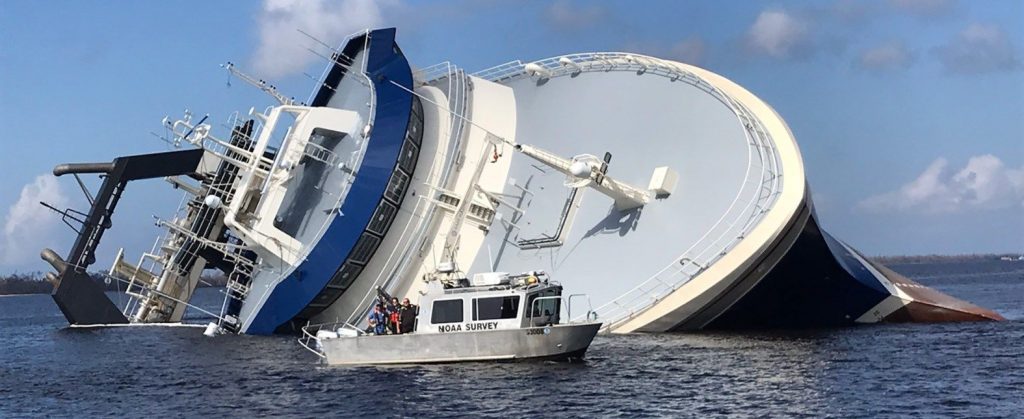
Notable maritime disasters, such as the sinking of the Titanic in 1912, have left a lasting impact on public consciousness and spawned numerous representations in popular culture. These incidents often intertwine with political events, adding complexity to our understanding of the events surrounding sinking ships. Meanwhile, current news and updates about shipwrecks help to inform the public about ongoing risks and the importance of implementing safety measures in the maritime industry.
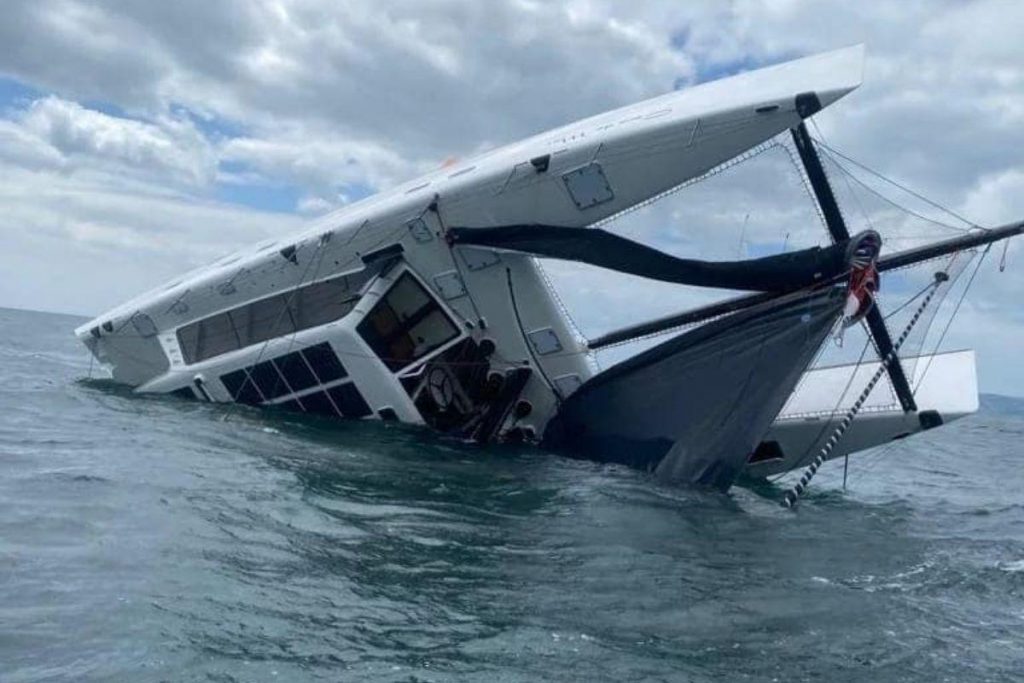
As we explore the multifaceted topic of sinking ships, it is crucial to consider the accounts of survivors and the aftermath of these events. Their stories provide valuable insights into the human dimensions of these tragedies and offer lessons that can help us prevent future disasters.
Key Takeaways
- Sinking ships result from various causes and risks, highlighting the importance of understanding vessel anatomy and safety measures.
- Maritime disasters have lasting impacts, including political ramifications and representations in popular culture.
- Accounts of survivors and ongoing news about shipwrecks provide valuable lessons to inform future safety and prevention efforts.

Historical Incidents
The Tragedy of the Titanic
The Titanic was a British luxury passenger liner that embarked on its maiden voyage from Southampton, England, to New York City in 1912. Deemed "unsinkable" due to its advanced compartmentalized design with bulkheads, the ship unfortunately met a tragic end after colliding with an iceberg.
During its final moments, water filled the compartments, causing the ship to sink. Out of approximately 1,500 passengers and ship personnel, only a fraction of them survived the tragedy. The sinking of the Titanic remains one of the most infamous historical incidents in maritime history.

Sinking of Lusitania and Mauretania
The Lusitania and Mauretania were two sister ships operated by Cunard, serving as passenger liners between England and New York City. While the Mauretania had a long and successful career, the Lusitania met a tragic end.
In 1915, during World War I, the Lusitania was torpedoed by a German U-boat off the coast of Ireland, causing the ship to sink rapidly. Of the nearly 2,000 passengers on board, only 764 survived. The sinking of the Lusitania contributed to the United States entering the war on the side of the Allies.
The Mauretania continued its service as both a passenger liner and during wartime. It was retired in 1934, marking the end of an era for these famed ocean liners.
Throughout history, there have been numerous tragic events involving ships, such as the Titanic, Lusitania, and Mauretania. These somber incidents serve as a reminder of the power of nature and the importance of maritime safety.

The Ship Anatomy and Importance of Components
Ship Stern and Bow
The anatomy of a ship consists of various components, each with a significant role in the vessel's overall performance and stability. Two of the most important components are the ship's stern and bow.
The bow, which is the forward part of the ship, is designed to cut through water efficiently and minimize resistance. On the other hand, the stern is the rear part of the ship, accommodating essential components such as the rudder and propeller. The design and shape of both the bow and stern influence the vessel's stability, maneuverability, and speed.
Watertight compartments are another crucial aspect of ship anatomy. These compartments help maintain the ship's buoyancy when damaged and minimize the spread of water through the vessel. For example, the Titanic's sister ships, the Olympic and Britannic, featured improved watertight compartments compared to the original Titanic design.

Warship Anatomy
Warships, such as battleships and anti-ship missile craft, have unique anatomical features compared to cargo ships or passenger vessels. They are designed to withstand enemy attacks and carry an array of weapons and technology for offense and defense.
- Weapons: Warships carry various weapons, such as anti-ship missiles, torpedoes, and sophisticated artillery systems. These weapons are strategically placed and stored to optimize performance and reduce risks to the vessel.
- Armor: Battleships often feature thick, reinforced hulls to protect against enemy fire, in addition to advanced defensive systems to detect and counter incoming threats.
- Propulsion Systems: Warship propulsion systems are designed for speed and maneuverability to ensure quick response and tactical advantage in combat situations.
- Communication and Electronics: State-of-the-art communication and electronics systems are imperative on a warship, allowing for efficient command and control of the vessel, as well as maximizing situational awareness through surveillance and radar capabilities.
In conclusion, the ship's anatomy plays a vital role in determining its performance, stability, and functionality. Comprehending the importance of these components helps sailors, maritime professionals, and enthusiasts understand the intricacies of ship design and operation.

Sinking Causes and Risks
There are numerous causes and risks associated with the sinking of ships. Some of the most common reasons include fire on board and collision with an iceberg, as seen in the case of the Titanic. This section will discuss these two causes in detail.
Fire on Board
Fire on board a ship poses a significant threat to its stability and safety. A fire can weaken the structural integrity of the vessel, eventually leading to its collapse or even explosion. In addition to the direct damage caused by the flames, the smoke produced can fill cabins, obstructing view from lookouts, and make it difficult for crew members to evacuate.
In the final moments of a maritime disaster involving fire, crew members may try to battle the blaze themselves or rely on the ship's firefighting equipment. However, in extreme cases, fires can quickly spread out of control, leaving the vessel unsalvageable.
Collision with Iceberg
The sinking of the Titanic is the most famous example of a shipwreck caused by an iceberg collision. On April 14, 1912, the Titanic struck an iceberg in the North Atlantic Ocean. Despite receiving multiple iceberg warnings from the British steamship Mesaba, the Titanic continued its course. The collision created a massive hole in the ship's hull, causing water to flood in, and ultimately leading to its sinking.
In the case of the Titanic, two lookouts, Frederick Fleet and Reginald Lee, were on duty on the night of the collision. They spotted the iceberg ahead but were unable to notify the crew in time to avoid the collision. Their ability to see the iceberg might have been hindered by the lack of binoculars, which had gone missing prior to the voyage.
Understanding the risks associated with fire on board and collision with an iceberg is crucial for improving the safety of maritime vessels. By learning from past disasters and implementing effective safety measures, the likelihood of such catastrophic events can be reduced.
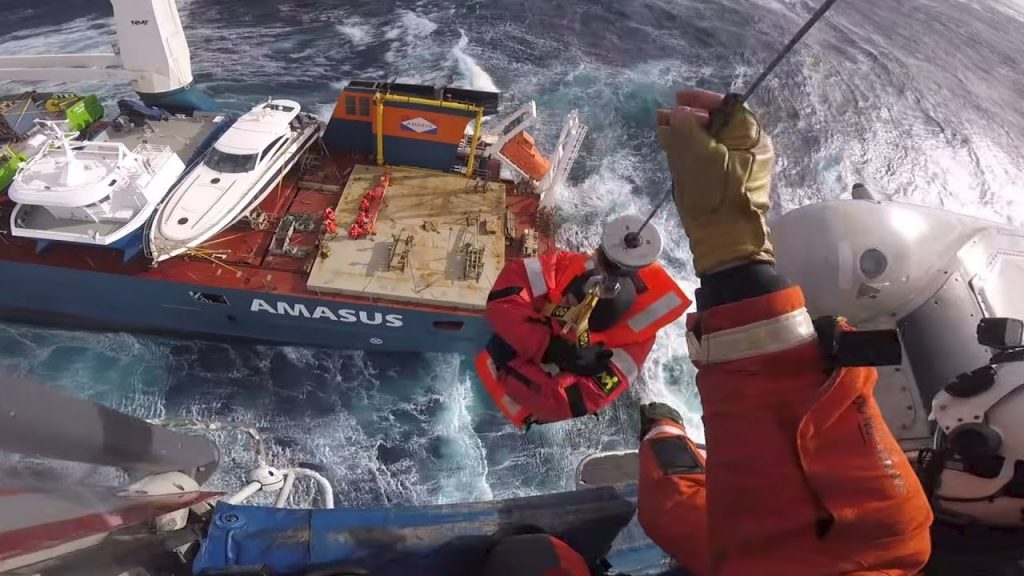
Response and Rescue Operations
Role of the U.S. Coast Guard
The U.S. Coast Guard plays a crucial role in response and rescue operations for sinking ships. They are responsible for coordinating and conducting maritime search and rescue missions within their jurisdiction, ensuring the safety and well-being of those involved in maritime emergencies. An example of such a rescue operation is the joint effort by Canadian and U.S. teams to save the crew of a sinking vessel off the coast of Nova Scotia in March.
Russian Military Involvement
Russian military forces have also been involved in response and rescue operations during maritime emergencies. As a global military power, Russia has significant naval capabilities that it can deploy to aid in the evacuation and assistance of sinking ships. It's important to note that Russian involvement in these operations also depends on the geopolitical situation, the location of the maritime emergency, and overall relations with the nations involved.
Evacuation and Assistance
In any sinking ship incident, evacuation and assistance are vital components of the response and rescue operations. Efforts must be made to safely evacuate crewmembers, passengers and any potential casualties, followed by providing appropriate medical attention or other necessary support. In some cases, evacuation and assistance may involve coordination between multiple organizations, including international maritime organizations, national navies, non-governmental organizations (NGOs), and other relevant authorities.

Great Disasters and Related Political Incidents
Turkey and the Black Sea Incident
In the Black Sea, tensions between Turkey and Russia escalated following a notorious maritime disaster. Both nations were involved in an incident that had significant geopolitical implications. The crisis unfolded when a ship, attempting to penetrate the blockade imposed by Russia in the Black Sea, met with catastrophe. According to NBC News, the ship was carrying an array of missiles and other military equipment, intending to challenge the Russian presence in the region.
The tragic event resulted in considerable loss of life and intensified fighting between Turkey and Russia. Italy's involvement in the conflict added another layer of complexity, as they provided support to the embattled Turkish naval forces. The disaster, while unfortunate, brought global attention to the delicate balance of power in the Black Sea and highlighted the need for a diplomatic resolution to avoid further maritime accidents.
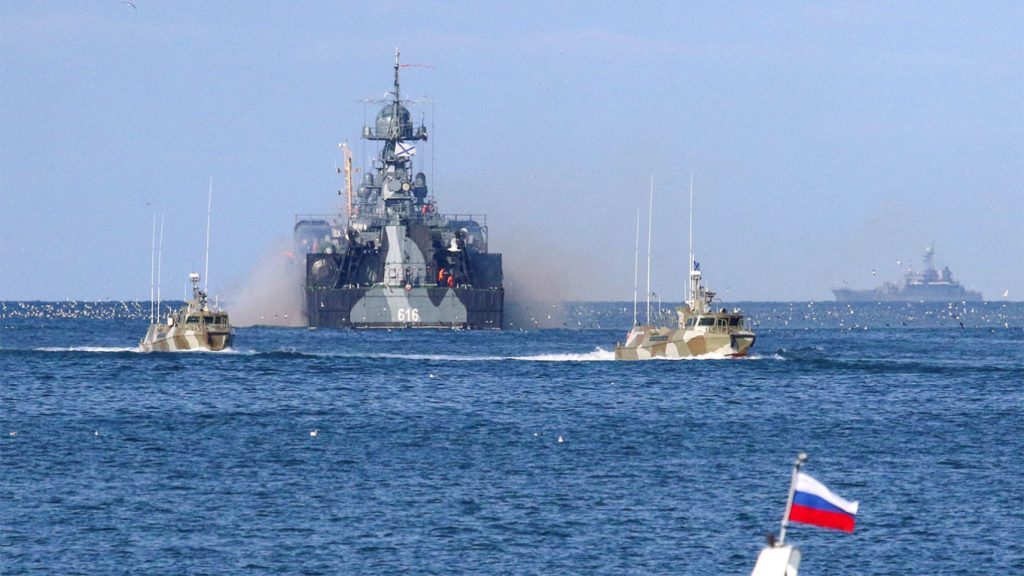
Ukraine Crisis and Sevastopol Incident
Another noteworthy maritime disaster occurred amidst the ongoing crisis in Ukraine. The Sevastopol Incident took place when a Ukrainian navy vessel encountered a Russian offensive in the highly contested Crimean Peninsula. The confrontation, as reported by Ukrainian President Zelensky, led to devastating consequences for both the ship and its crew.
The sinking of the Ukrainian vessel near Sevastopol raised alarm throughout the international community. The disastrous event underscored the grave risks associated with the conflict between Russia and Ukraine. In particular, the presence of the Russian warship Moskva in the region demonstrated the extent to which the ongoing hostilities had the potential to lead to grave maritime disasters.
Both the Turkey and the Black Sea incident and the Ukraine Crisis and Sevastopol Incident serve as stark reminders of the political implications of maritime disasters. These events not only resulted in significant loss of life but also exacerbated existing tensions between nations, increasing the likelihood of further confrontations and potential accidents.

Survivors and Aftermath
The sinking of a ship often leaves a profound impact on the lives of the survivors and the families of those who didn't make it. Many prominent figures were aboard some of the most famous sinking ships in history, like the Titanic, which contributed to the attention the tragedy received.
Among the prominent passengers on the Titanic were John Jacob Astor, Benjamin Guggenheim, and Isidor Straus, all of whom sadly perished in the disaster. Conversely, Margaret "Molly" Brown, another first-class passenger, managed to survive and became known as the "Unsinkable Molly Brown" for her efforts in assisting other passengers during the ordeal. Survivors often had to deal with the emotional and psychological stress of the tragic event, while also coping with the sudden loss of their fellow passengers.

The aftermath of a sinking ship often involves a massive search and rescue operation, with the aim of recovering both survivors and bodies. In some cases, such as the sinking of the Wilhelm Gustloff, thousands of lives were lost, including a significant number of children. Search and rescue operations can take days or weeks, especially when it comes to recovering bodies from the wreckage to provide closure for the families.
Another aspect of the aftermath includes the attention brought to the safety of sea travel. Ship sinkings often highlight the lack of proper regulations and safety measures in place, leading to calls for change. For instance, the Titanic disaster brought to light the insufficient number of lifeboats available for the passengers, as well as the lack of proper training for the crew.
As the world becomes more interconnected, the number of migrants traveling by sea has increased, putting further strain on maritime safety regulations. In some tragic cases, like the USS Indianapolis sinking, the disaster at sea has become the worst in the history of certain countries, elevating the discussion of maritime safety further.
In the aftermath of such incidents, the affected communities often come together to support one another. Survivors, family members, and residents of the areas involved unite to remember and honor the lives lost, creating a sense of togetherness and solidarity in the face of tragedy.
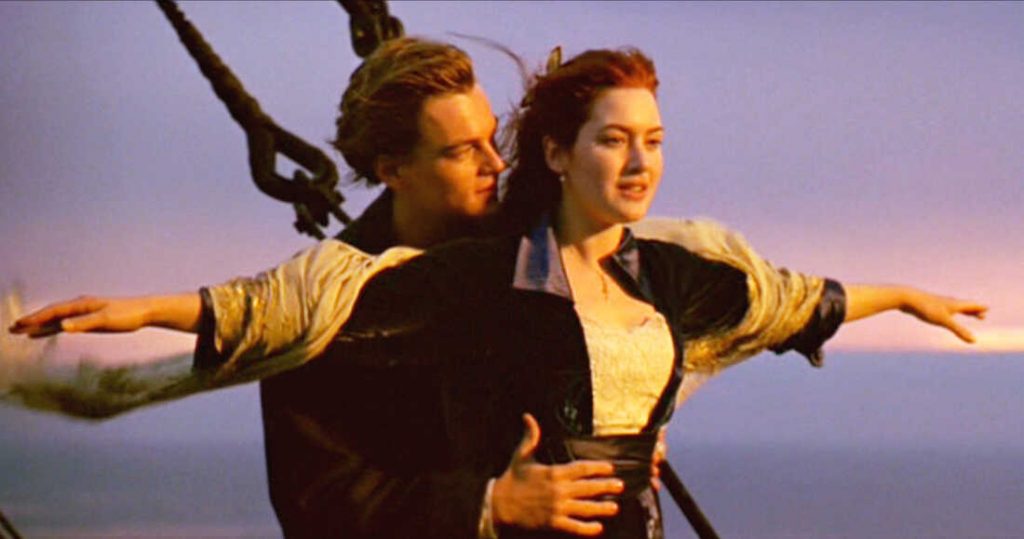
Representations in Pop Culture
The Titanic has been an enduring subject of fascination in pop culture, inspiring a wide variety of creative works ranging from films to cartoons. One of the most well-known portrayals of the Titanic tragedy is the 1997 film "Titanic," directed by James Cameron. This blockbuster film not only captured the public's imagination but also brought attention to the ship's history and the people involved in the tragedy.
The company responsible for building the Titanic, Harland and Wolff, as well as its operator, the White Star Line, have been frequently depicted in various works of fiction and non-fiction. The story of Titanic has often been used to showcase the hubris of these companies and their focus on luxury and technological advancements at the expense of safety.
Besides the main characters in the famous film, real-life individuals like wireless radio operators Jack Phillips and Harold Bride have been included in various narratives, highlighting the importance of their roles in trying to call for help during the disaster. Portraying these figures helps to provide a more realistic and human understanding of the events that unfolded on that fateful night.
The stories of third-class passengers are also commonly featured in Titanic-related works. These passengers, often representing diverse backgrounds and ethnicities, help illustrate the broader social and historical context of the ship's maiden voyage. Including these narratives helps to shed light on the experiences of the less privileged passengers aboard the ill-fated liner.
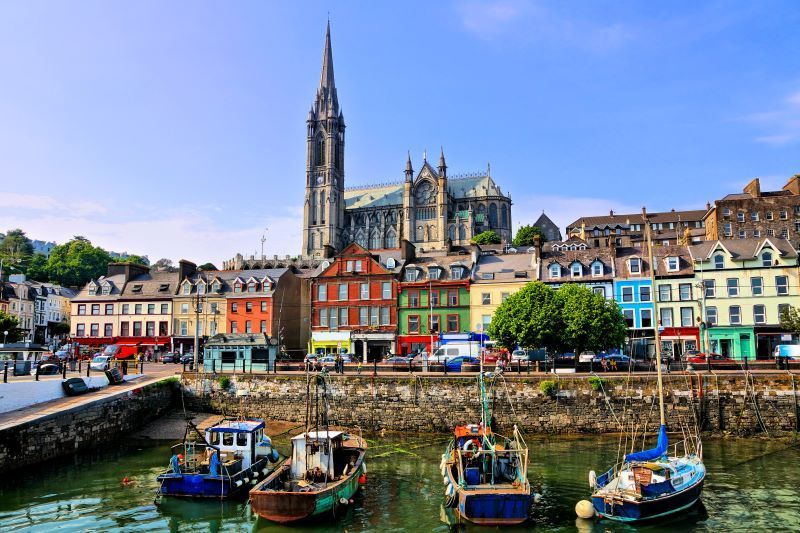
The town of Queenstown, now known as Cobh, has had its own role to play in Titanic's pop culture representation. As the last port of call before the ship's doomed journey across the Atlantic, Queenstown has become symbolic of the last moments of optimism and hope for the Titanic and its passengers.
Even in a less serious medium like cartoons, the Titanic has found its way into popular culture. Often using elements of dark humor, these works serve to satirize or comment on the various aspects of the tragedy, and sometimes even explore alternative outcomes.
In conclusion, the tragic sinking of the Titanic has left an indelible mark on popular culture. From films to cartoons and personal stories of passengers, the disaster has been portrayed and analyzed from numerous perspectives. This enduring fascination reflects not only the human cost of the tragedy but also the lessons to be learned from such a significant event in history.
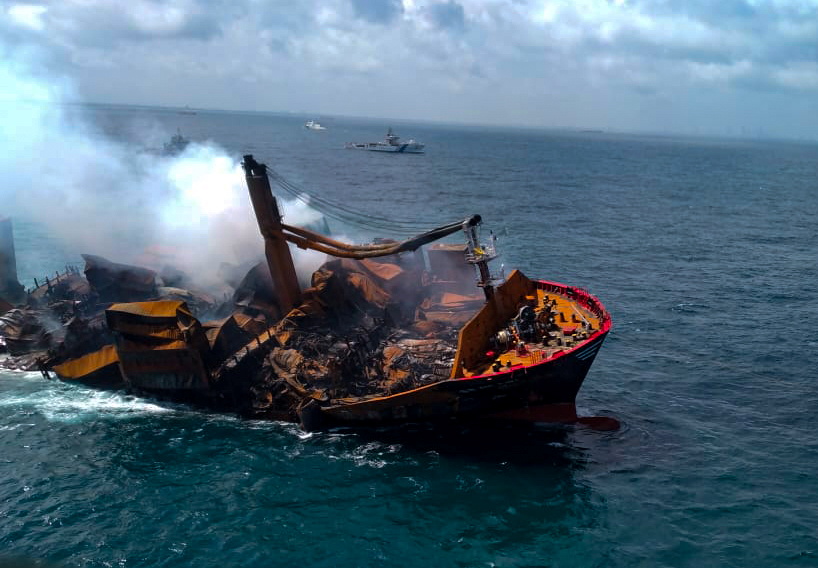
Sinking Ship Today - News and Updates
In a recent breaking news event, the Russian warship Moskva sank in the Black Sea. The warring sides have given conflicting accounts of what caused the sinking. This incident has led to a significant blow to Russia's credibility in the ongoing conflict.
The luxury cruise ship MV Ocean Explorer also faced a recent crisis. The ship ran aground in Greenland with 206 passengers on board. Fortunately, the cruise ship was successfully pulled free on Thursday, three days after the incident, due to the high tide.
These events highlight the importance of continued vigilance and advancements in maritime safety. Both military and civilian vessels are vulnerable to accidents and hostile actions, making it essential to monitor global developments in ship technology and safety protocols.

Frequently Asked Questions
What causes ships to sink at sea?
Ships can sink at sea due to various reasons such as structural damage, collision with other vessels or objects, storms and harsh weather conditions, or even human error like a lack of proper navigation or attention to safety measures. Improperly maintained or sealed hatches, watertight doors, and covers can also lead to sinking, as seen in the Costa Concordia incident.
What are some notable movies about sinking ships?
There are several well-known movies based on sinking ships, with "Titanic" (1997) being the most famous one. Other popular movies include "The Poseidon Adventure" (1972), "A Night to Remember" (1958), and "In the Heart of the Sea" (2015).
Which shows are produced by Sinking Ship Entertainment?
Sinking Ship Entertainment is a Canadian production company that focuses on creating children's television shows. Some of their popular shows include "Dino Dana," "Odd Squad," "Endlings," and "Annedroids."
How does a ship sinking simulator work?
A ship sinking simulator is a software or game that recreates the process of a ship sinking in a virtual environment. It allows users to understand the mechanics and dynamics of a sinking vessel, such as the impact of water flooding compartments and the weight distribution affecting the ship's stability. These simulators may be used for educational purposes or recreational use.
What happened during the Titanic sinking?
The Titanic, once considered "unsinkable," sank on its maiden voyage in 1912 after hitting an iceberg in the North Atlantic Ocean. The impact caused severe damage to the ship's hull, allowing water to flood the compartments, which eventually led to its sinking. Over 1,500 lives were lost in the disaster due to a shortage of lifeboats and the inadequate emergency response measures in place. More details about the event can be found here.
What is the meaning behind the 'sinking ship' idiom?
The idiom "a sinking ship" refers to a situation or organization that is facing significant failure or collapse. It signifies that it may be challenging to save or rejuvenate something that is already in a downward spiral. The phrase is often used to describe businesses, projects, or relationships which are failing and have little hope of recovery.
Charlie is Editor-in-Chief of Sea Magazine